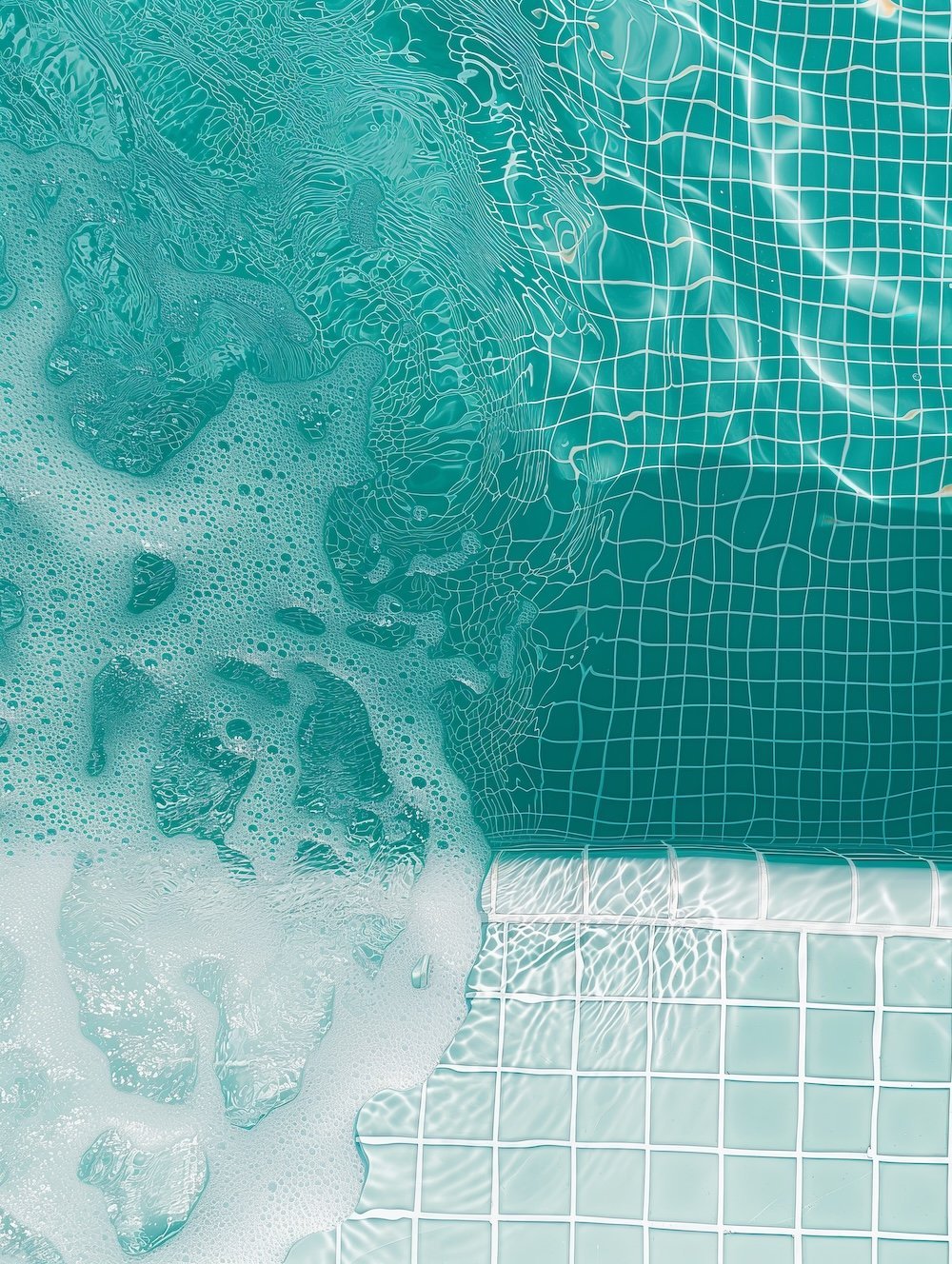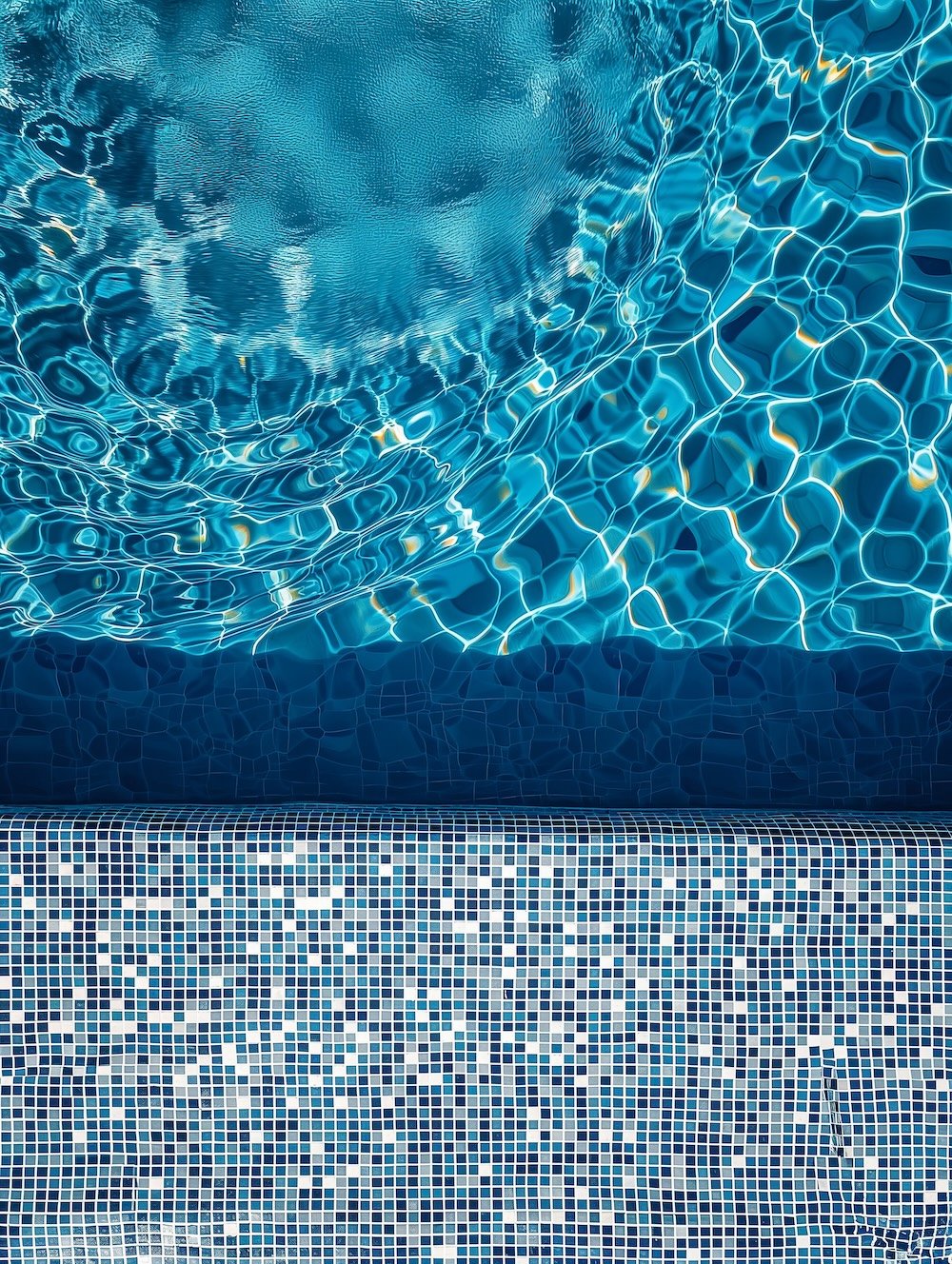Artist in conversation: Studio Jil Anders
“ Studio Jil Anders is not just a space, but a concept that embodies the fusion of artistic vision and cutting-edge technology.”
Studio Jil Anders is an avant-garde art studio at the forefront of merging photography with machine intelligence, based in Munich, Germany. Founded by Susanne Baumeister, the studio is celebrated for its innovative approach to photo-realistic art, seamlessly blending technology with artistic creativity to challenge conventional viewpoints.
Jil Anders, the conceptual art persona crafted by Susanne, encapsulates her artistic ethos. Despite having a non-artistic academic background, Susanne's entry into the art world has been notable for her keen observational skills and her expertise in AI and machine learning, honed at Oxford University. Her distinctive methodology starts with a clear photographic vision, capturing images that serve as the groundwork for her art. The transformative process utilizes machine intelligence, which acts as a digital paintbrush to refine and bring her photographic ideas to life. This technological integration allows her to elevate her imagery, crafting artworks that are both realistic and imbued with imaginative elements.
The creations from Studio Jil Anders are known for their surreal qualities, harmoniously blending the real with the fantastical. By employing advanced technology, the studio offers a unique aesthetic that invites viewers to re-examine their perceptions of art and reality in the digital age.
What initially inspired you to become an artist, and how did you develop your unique style?
My foray into the art world has been marked by my exceptional powers of observation as well as my studies of AI and machine learning at Oxford University. My unique approach combines a clear initial vision with the practical application of photography, capturing images that form the basis of my work.The transformative phase of my process involves the use of machine intelligence, which acts as a digital brush to refine and realize my photographic visions. This integration of technology allows for the enhancement of my images, creating artworks that are rooted in reality yet venture into new, imaginative realms.
In terms of subject matter, what themes or motifs do you frequently explore in your work, and what draws you to these topics?
My inaugural series, 'Pools,' invites you on a visual journey that encapsulates the essence of summer through the lens of Studio Jil Anders. This series is a testament to my profound love for the season, showcasing an exquisite collection of close-up photographs that capture the tranquil beauty of swimming pools. Each piece focuses on the delicate interplay of water movements and reflections, harmonizing with the vibrant colors of their surroundings. Through Studio Jil Anders' exceptional perception skills, 'Pools' offers a unique perspective on the mundane, transforming it into a realm of extraordinary beauty.
Can you share the inspiration behind the formation of Studio Jil Anders, and what motivated the exploration of the unique intersection between photography and machine intelligence?
Studio Jil Anders is not just a space but a concept that embodies the fusion of artistic vision and cutting-edge technology. Our works are characterized by their surreal quality, where the boundaries between the real and the imagined blur, creating a new dimension of artistic expression. By integrating machine intelligence into our creative process, we enhance the photographic foundation of our artworks, allowing us to explore and realize visions that were once confined to the imagination.
How do you envision the role of Studio Jil Anders evolving in the future, especially as technology continues to advance and influence the art world?
The cornerstone of our studio's philosophy is to challenge, to innovate, and to inspire. This will of course evolve as technology evolves. We have lots of new ideas on which we’re currently working on bringing to live - so stay tuned!
How do you stay connected with other artists and keep up with new developments and trends in the art world?
We have a strong network of artists and friends with all sorts of backgrounds and all over the world. Exchange and feedback are essential to us as we develop our work. Of course we monitor trends and developments in the art world but out of pure interest for the matter.
How do you incorporate feedback from critics and audiences into your artistic practice, and how do you balance this feedback with your own artistic intuition?
As I said, we encourage honest feedback from various sides. The secret is to distinguish style-related feedback which differs from person to person to more conceptual feedback. But in the end, I as an artist alone decide how the final work presents itself. It’s not AI (like some may think), and no collection of likes on social media.
How do you stay motivated and inspired despite any setbacks or creative blocks you may encounter?
Setbacks don’t keep me going. Failure is part of life and is always a source of learning. Getting yourself involved in other activities also helps a lot - sports, friends, reading are great to get your head free.
How do you feel about exhibiting your artworks with The Holy Art Gallery?
Its a great opportunity for me as a young artist!
Looking ahead, what are your long-term goals and aspirations as an artist, and how do you plan to achieve them?
As mentioned my goals are to challenge, to innovate and to inspire - a great audience with whom my work resonates. I’ve just started and am ready to show my work on exhibitions, through collaborations and more.
What role does emotion play in your creative process, and and how do you aim to evoke specific feelings or reactions from those who view your artworks?
My ‘Pool’ series is a testament to the my profound love for summer and vibrant colours. In each work I created my very own “summer feeling”, a calm, clear, beautiful and very light feeling. I hope to provoke these kind of feeling in viewers as well, knowing that every person might have a slightly different experience looking at it.











